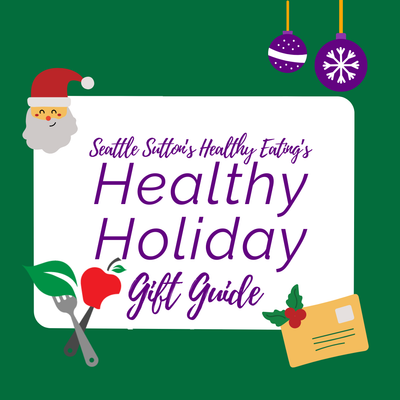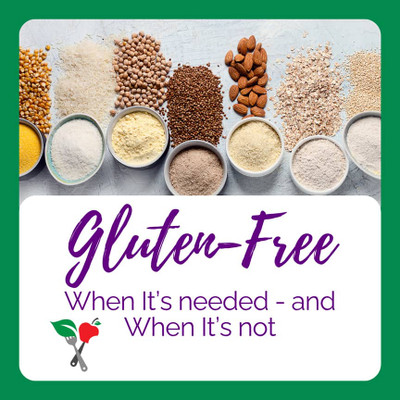Most people associate the term "processed food" with unhealthy food. While that is sometimes the case it is not the case all the time. How do you know if what you are eating is healthy? Is something too processed? Using too many ingredients? Here are some guidelines to help you determine fact from fiction regarding the processing of foods.
Believe it or not, we all eat processed foods, and we eat them quite often. The level of processing is often what can determine the healthfulness of a food. Basically, the more processed an item is, the more ingredients and preservatives are added. Some of these additional ingredients are natural and not harmful, but some can be. I like to think of processed foods of falling into a spectrum of minimally processed, like buying chopped vegetables for example, all the way to the other end of the spectrum like frozen pizza.
Not All Processed Foods are Bad
Frozen vegetables or canned fruit still retain most of its vitamins and minerals compared to fresh. While fresh is still best (most of the time), frozen and canned fruits and vegetables can make eating fruits and vegetables more convenient, cheaper and more feasible. Fresh chopped vegetables or bagged salad mixes are minimally processed and can be more convenient for a busy cook, without sacrificing health.
We need to take a closer look at the nutrition fact panel and ingredient statements when determining the healthfulness of a processed food. Was there fat added? Salt? Sugar? Harmful ingredients? Sometimes when a food is processed, it is refined – meaning nutrients are stripped, and unhealthy ingredients are added.
Fat
The worst type of added fat is hydrogenated, which would be listed on the ingredient label. These types of fats can help make food shelf-stable and give it body, but it can also raise bad cholesterol while lowering good cholesterol levels.
Salt
This is likely the most common added ingredient of processed food, mainly because it extends the shelf life. Americans consume way more sodium than what is recommended, and it is one area that we all need to cut back on. For most individuals, it is recommended not to consume more than 2,400 mg sodium per day. So while examining a nutrition fact panel, understanding how to decipher what the serving size is, and exactly how mu,h sodium is contained in a serving, a portion, and a container is critical to getting sodium intake under control.
Sugars
Another detriment of the American diet is added sugars. Added sugars are in so many of our processed foods and hide in breads, pasta sauce, cereals but also added to some yogurts and even fruit. If added sugar in the form of “sugar, maltose, brown sugar, corn syrup, cane sugar, honey and fruit juice concentrate” is listed in the first few ingredients, choose a healthier item. Beginning in July 2018, grams of added sugar will be included on the nutrition facts label, making this process a little easier for consumers.
Harmful Ingredients
There are many questionable ingredients in our food supply. Some ingredients with known health repercussions include MSG, artificial sweeteners, high fructose corn syrup and artificial food colors/dyes. These are not naturally found in nature, and their processing may have a negative impact on our overall health. To be safe, steer clear of foods made with these ingredients.
Being an avid label reader can be a difficult and time consuming task, however it does become easier with time. In order to simplify this task, try grocery shopping on the perimeter of the grocery store, and avoid the middle whenever possible. This can help ensure that most of your food is fresh, and harmful processed foods are left to a minimum.
Ordering meal plans from Seattle Sutton Healthy Eating is a great way to monitor your intake of processed foods and to avoid the negative consequences of harmful ingredients. Experience the health benefits of cutting unhealthy processed foods from your diet with the help of Seattle Sutton.
Start Your Healthy Journey Today!
Order NowFind More By Category





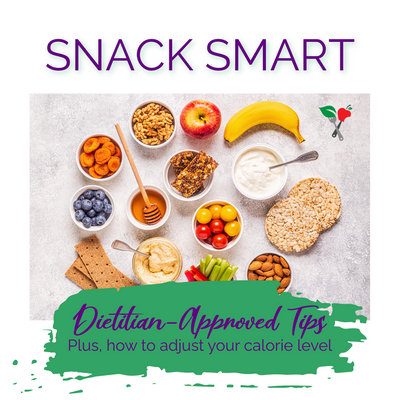
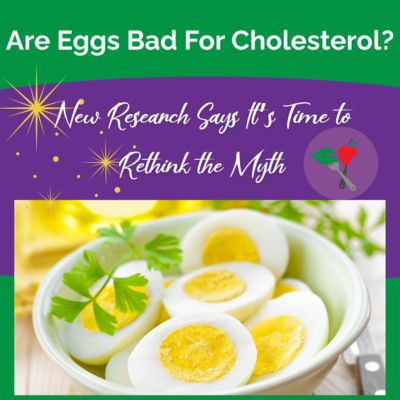
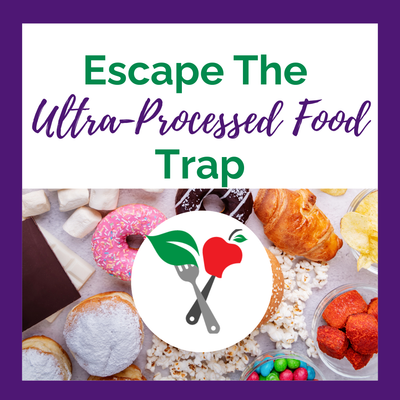
 Weight Loss
Weight Loss Health & Wellness
Health & Wellness Diabetes
Diabetes Heart Health
Heart Health Motherhood & Family
Motherhood & Family Dietary Restriction
Dietary Restriction Other Health Conditions
Other Health Conditions About SSHE
About SSHE